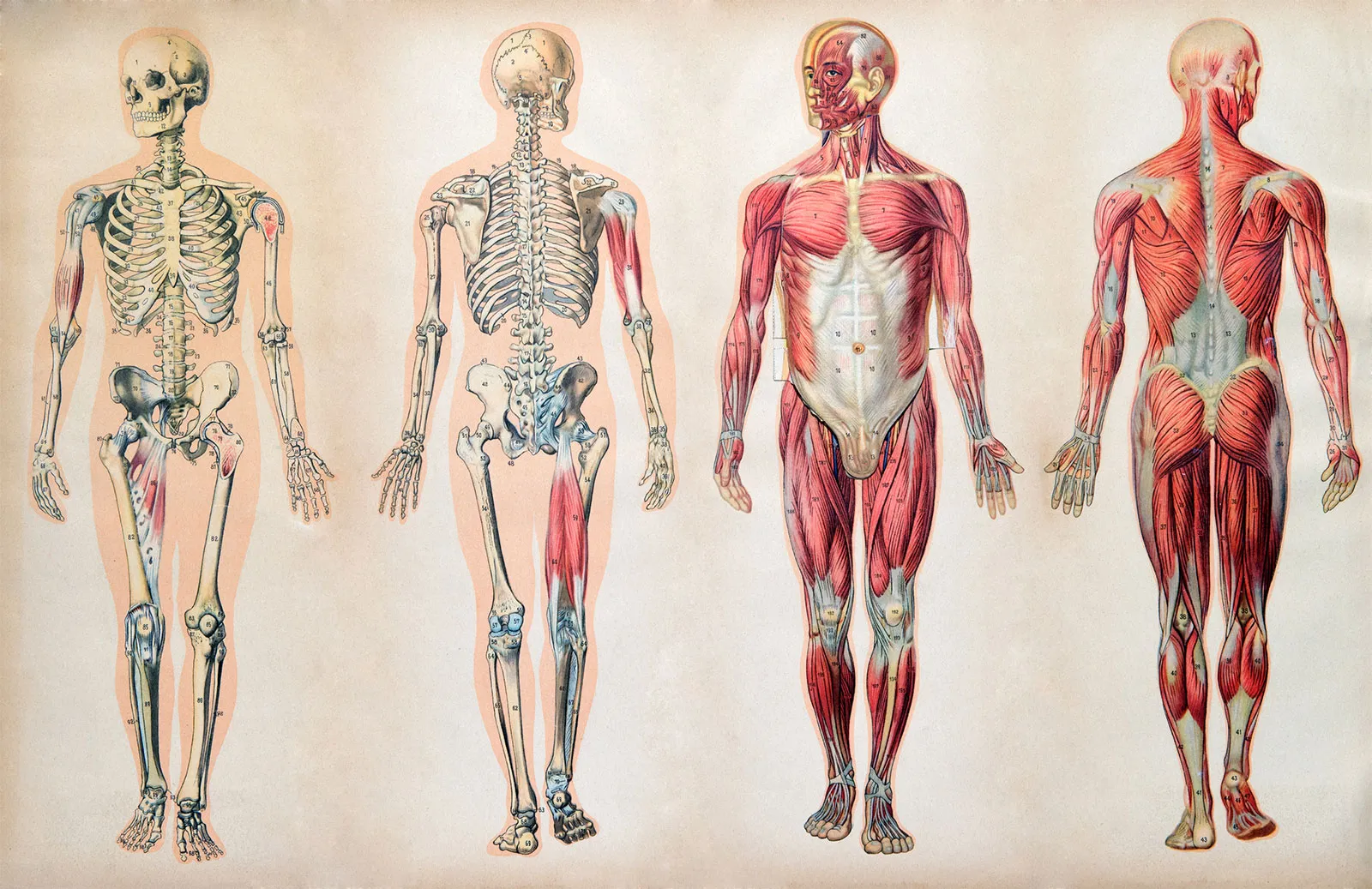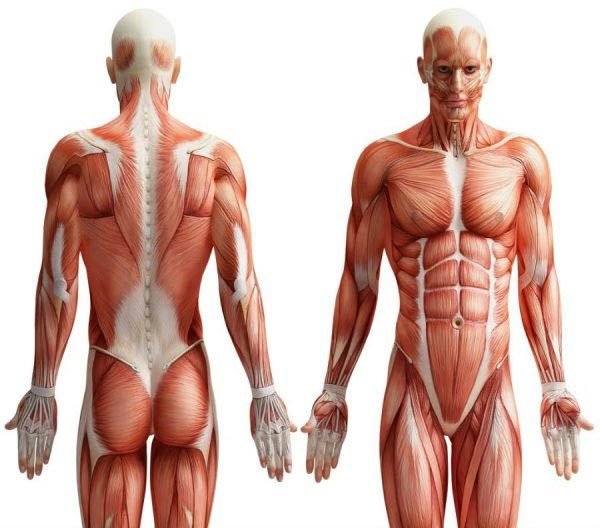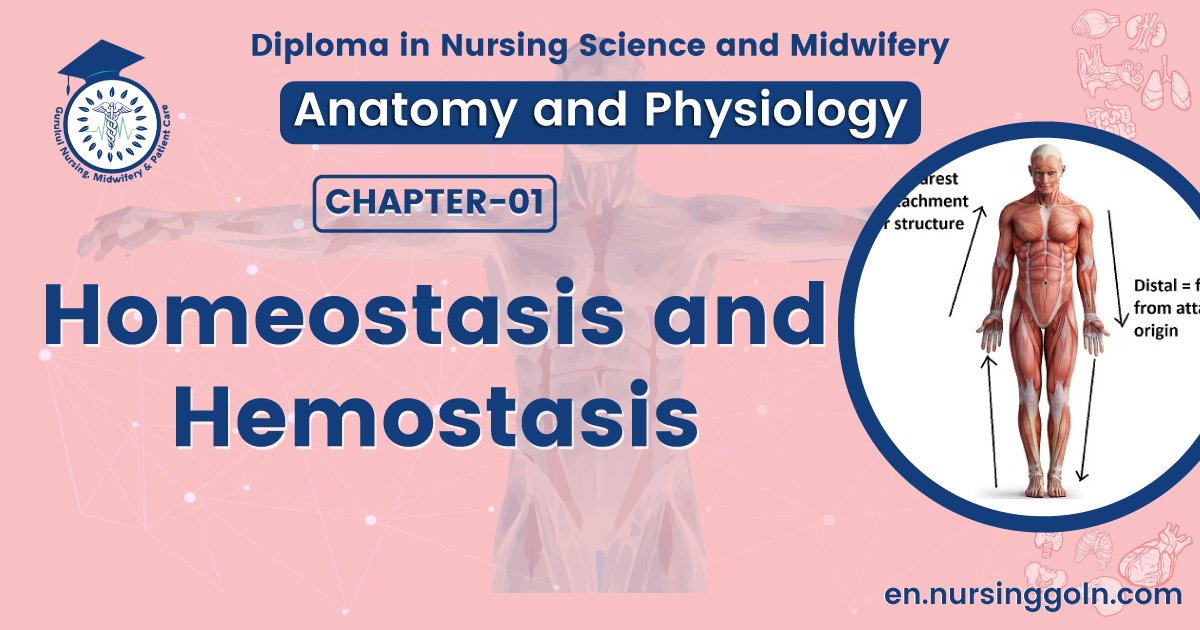Homeostasis and hemostasis-The course is designed for the basic understanding of anatomical structures and physiological functions of human body, musculoskeletal system, digestive system, respiratory system; cardiovascular system; urinary system, endocrine system, reproductive system, nervous system, hematologic system, sensory organs, integumentary system, and immune system. The aim of the course is to acquire knowledge and skills regarding anatomy and physiology.
Homeostasis and hemostasis

In 1929 the American physiologist Walter Cannon (1871-1945) coined the term Homeostasis means to describe the maintenance of nearly constant conditions in the internal environment. Essentially All the organ & tissues of the body performs specific functions that help to maintain these constant conditions.
(Ref: Guyton and Hall, Textbook of Medical Physiology, 13th ed, P-4)
or,
Homeostasis refers to the ability of an organism or environment to maintain a state of internal balance and physical wellbeing in spite of changes or outside factors.
Examples of Homeostasis in the Human Body
The human body is an amazingly complex machine, but many of its parts and processes exist simply to maintain homeostasis. That is, the machine exists so the machine can continue to exist.
- Humans’ internal body temperature is a great example of homeostasis. When someone is healthy, their body maintains a temperature close to 98.6 degrees Fahrenheit (37 degrees Celsius). When we get shivery in the cold for producing heat or sweat in the summer for for reducing heat, that’s our body trying to maintain homeostasis.
- Glucose is the most basic form of sugar, and the only type the body can use directly. When glucose levels get too high, the pancreas releases a hormone known as insulin. If blood glucose levels drop too low, the liver converts glycogen in the blood to glucose again, raising the levels
- When bacteria or viruses that can make us ill get into our body, our lymphatic system works to fight the infection before become sick and ensuring that we remain healthy.
- The maintenance of healthy blood pressure is an example of homeostasis. The heart can sense changes in blood pressure, sending signals to the brain, which then sends appropriate instructions back to the heart. If blood pressure is too high, the heart should slow down; if it is too low, the heart should speed up.
- Eating, drinking, even simple breathing can introduce indigestible and even dangerous substances into the body. The body maintains homeostasis by eliminating these substances through the urinary and digestive systems. An individual simply urinates and defecates the toxins and other nasty things from the blood, restoring homeostasis to the human body.

Homeostatic regulation involves three parts or mechanisms:
1) The receptor, The receptor receives information that something in the environment is changing
2) The control center, The control center or integration center receives and processes information from the receptor.
3) The effector, the effector responds to the commands of the control center by either opposing or enhancing the stimulus. This is an ongoing process that continually works to restore and maintain homeostasis. For example, in regulating body temperature there are temperature receptors in the skin, which communicate information to the brain, which is the control center, and the effector is our blood vessels and sweat glands in our skin.

Definition: The term hemostasis means prevention of blood loss, whenever a vessel is severed or ruptured.
Significance: Hemostasis helps the circulatory system to perfuse the right organs.
Function: Hemostasis prevents blood loss from the circulation when a blood vessel is ruptured.
Examples: Wound healing and blood clotting occur in hemostasis
Steps of Hemostasis/ events of hemostasis
Hemostasis includes three steps that occur in a rapid sequence:
(1) Vascular contraction or Vascular spasm, or vasoconstriction, a brief and intense contraction of blood vessels,
(2) Formation of a platelet plug, and
(3) Blood clotting or coagulation, which reinforces the platelet plug with fibrin mesh that acts as a glue to hold the clot together. Eventual growth of fibrous tissue into the blood clot to close the hole in the vessel permanently.
(Ref: Guyton and Hall, Textbook of Medical Physiology, 13th ed, P-483)
Read more:
